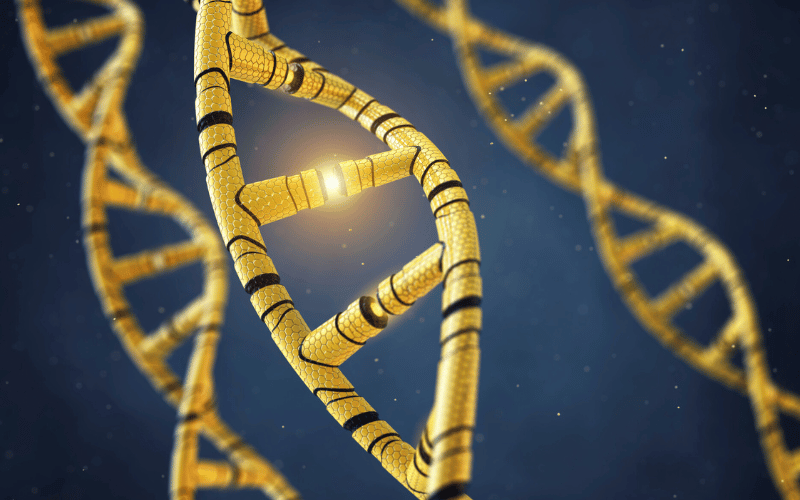6. Genetic Underpinnings: The Role of Chromosomal Aberrations

CLL’s progression isn’t solely determined by its stage or the patient’s age. Deep within the cellular machinery, genetic alterations play a significant role in shaping the disease’s narrative. Chromosomal abnormalities have been closely linked with CLL’s behavior, often serving as a predictor of the disease’s progression and aggressiveness.
Research has consistently shown that patients with certain chromosomal deletions or mutations may face a different CLL trajectory. The deletion of the long arm of chromosome 13, for instance, often corresponds with a slower progression of the disease. On the other hand, certain mutations, like those on chromosome 17p, can indicate a more aggressive form of CLL.
Besides these, a mutation in the TP53 gene has garnered attention. Patients with this mutation often have a more complex treatment journey as they might be resistant to conventional therapies. This pushes physicians to consider alternative, often newer, treatment options tailored to tackle this specific mutation.
As we delve deeper into the genetic realm, the intricate dance between genes and CLL becomes evident. Every chromosomal alteration, every mutation tells a story—a story that can influence the therapeutic decisions and the overall prognosis. (6)